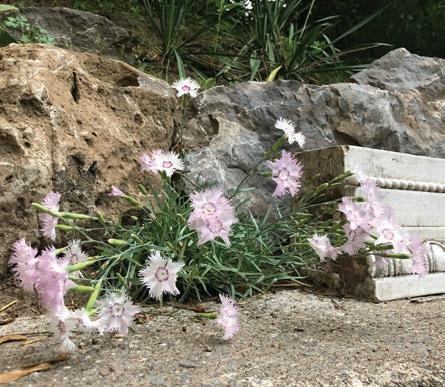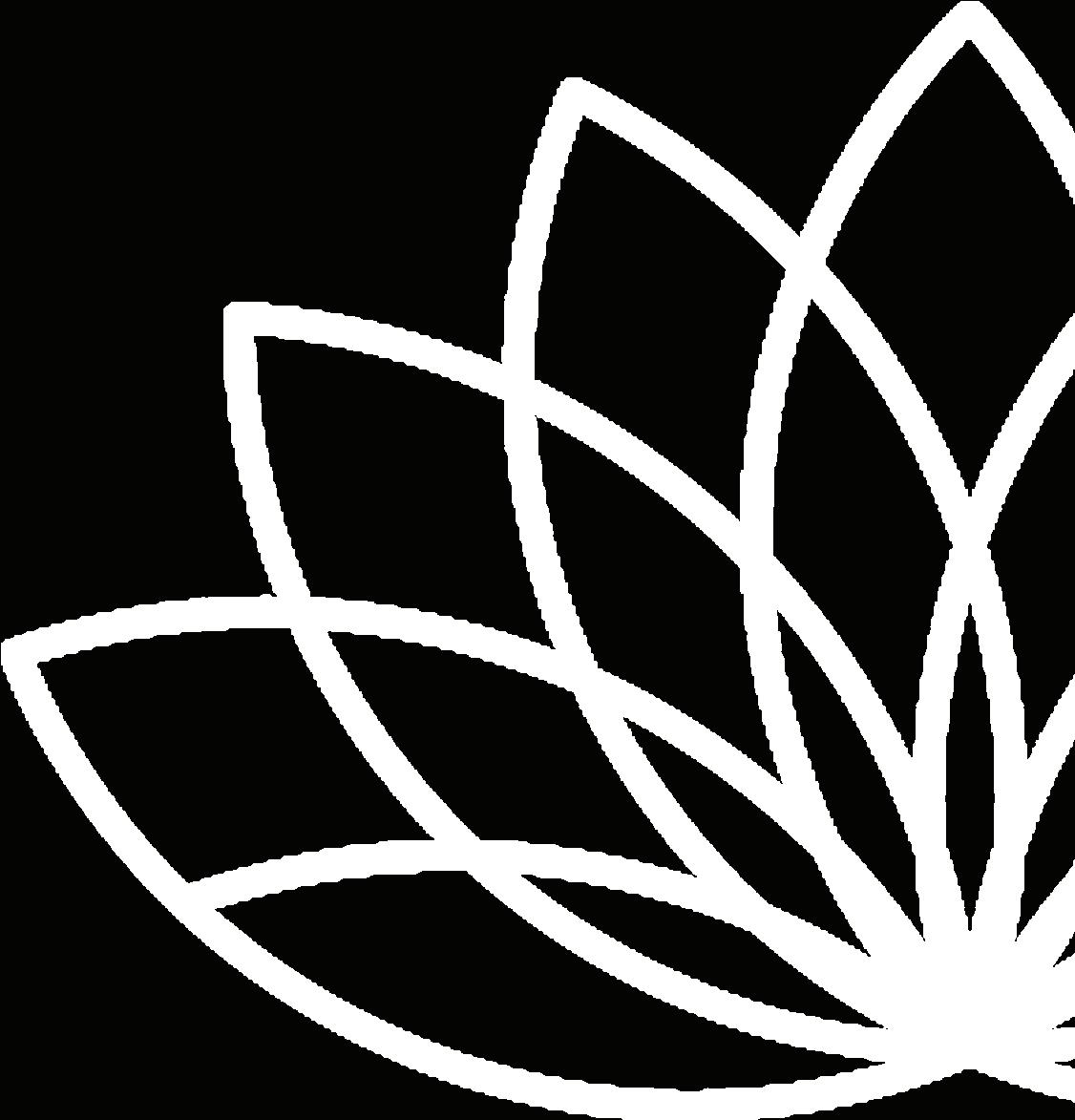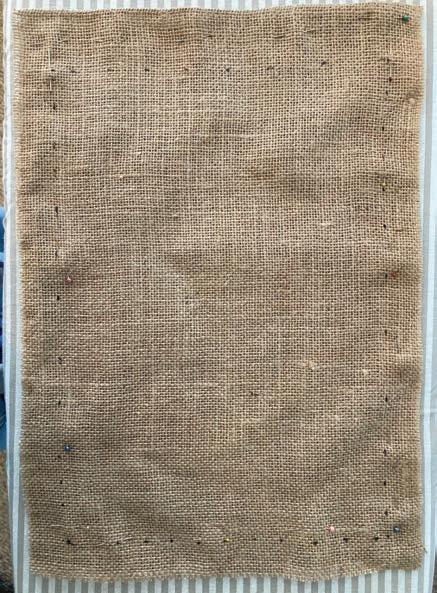
7 minute read
Eating your flowers and loving it
from Upstate Gardeners' Journal May-June 2021
by JFM Publishing—(585) magazine / (585) Kids / Upstate Gardeners' Journal
Apple blossom
Bee balm
Advertisement
Begonia
Calendula
Dandelion
Story by Carol Sitarski; photos courtesy Pixabay
The weather is finally warm and with that we are seeing flowers start to bloom with all the pretty colors that we love. But are the blooms all there is to enjoy? Absolutely not! Some flowers are not only beautiful, but tasty as well, with flavors that will delight your palate. If you haven’t tried some or any, please do. You can use them in recipes or as garnishes, but either way I hope to entice you to try some.
But first some warnings: - You should never use pesticides or other chemicals on any part of any plant that produces blossoms you plan to eat. - Don’t harvest flowers growing by the roadside. - Not every flower is edible, and you may even be allergic to some, just like any food. - Identify each flower exactly and eat only parts you know to be edible. - Use flowers sparingly in your recipes to avoid digestive complications that can occur with overconsumption.
There are many kinds of flowers and their parts that are edible, but since I can’t list them all here, I’ll stick to some of my favorites. I hope you’ll give them a chance. I have personally made the most scrumptious jelly from flower blossoms … mmm. You can find a more comprehensive list at whatscookingamerica.net/EdibleFlowers.
Apple blossom (Malus spp.)—Apple blossoms have a delicate floral flavor and aroma. They are a nice accompaniment to fruit dishes and can easily be candied to use as a garnish. NB: Eat in moderation as the flowers may contain cyanide precursors. The seeds of the apple and its wild relations are poisonous.
Anise hyssop (Agastache foeniculum)—Both flowers and leaves have a delicate anise or licorice flavor. Some people say the flavor reminds them of root beer. The blossoms make attractive plate garnishes and are often used in Asian-style dishes. Excellent in salads.
Bee balm (Monarda didyma)—Bee balm is also called wild bergamot, wild Oswego tea, horsemint, and monarda. Wild bee balm tastes like oregano and mint, reminiscent of citrus with soft mingling of lemon and orange. The red flowers have a minty flavor. Any place you use oregano, you can use bee balm blossoms. The leaves and flower petals can also be used in both fruit and green salads. The leaves taste like the main ingredient in Earl Gray tea (the rind of a citrus fruit called bergamot orange) and can be used as a substitute.
Begonia – (Tuberous and waxed: Begonia X tuberosa)— The leaves, flowers, and stems are edible. Begonia blossoms have a citrus-sour taste. The petals are used in salads and as a garnish. Stems can also be used in place of rhubarb. The flowers and stems contain oxalic acid and should not be consumed by individuals suffering from gout, kidney stones, or rheumatism.
Calendula (Calendula officinalis)—Also called pot marigold, it is a wonderful edible flower. Flavors range from spicy to bitter, tangy to peppery, a sharp taste resembling saffron (it’s known as poor man’s saffron). They have pretty petals in golden-orange hues. Sprinkle them on soups, pasta or rice dishes, herb butters, and salads. Petals—and only the petals are edible—add a yellow tint to soups, spreads, and scrambled eggs.
Carnation (Dianthus caryophyllus)—Carnations can be steeped in wine or candied to use as cake decorations. To use the surprisingly sweet petals in desserts, cut them away from the bitter white base of the flower. These members of the carnation family have a light, clove-like or nutmeg scent. Petals add color to salads or aspics. Carnation petals are one of the secret ingredients that have been used to make Chartreuse, a French liqueur, since the 17th century.
Dandelion (Taraxacum officinalis)—The flowers of this daisy-family member are best picked young, when they have a sweet, honey-like flavor; mature flowers are bitter. Dandelion buds are tastier than the flowers. It is best to pick these when they are very close to the ground, tightly bunched in the center, and about the size of a small gumball. They are good raw, steamed, or made into wine or delicious jelly. Young leaves taste good steamed or tossed in salads. When serving a rice dish use dandelion petals like confetti over the rice.
Elderberry blossom (Sambucus spp.)—Elderberry blossoms are a creamy color and have a sweet scent and taste. Do not wash them after harvesting, as that removes much of the fragrance and flavor. Instead check them carefully for insects. The fruit is used to make wine, and the flowers, leaves, fruit, bark and roots have all been used in traditional folk medicine for centuries. NB: All parts of the plant other than flowers and cooked berries are mildly toxic! They contain a bitter alkaloid and glycoside that
may change into cyanide. The cooked ripe berries of the edible elders are harmless. Eating uncooked berries may cause nausea, vomiting, and diarrhea. The blossoms make wonderful fritters.
Impatiens (Impatiens wallerana)—These flowers have a sweet flavor. They can be used as a garnish in salads or floated in drinks.
Johnny-jump-ups (Viola tricolor)—Lovely yellow, white, and purple blooms have a mild wintergreen flavor and can be used in salads, to decorate cakes, or served with soft cheese. They are also a great addition to drinks, soups, desserts or salads.
Lilac (Syringa vulgaris)—The flavor of lilac varies from plant to plant. The blossoms are very fragrant and slightly bitter, with a distinct lemony taste and floral, pungent overtones. They are great in salads and crystallized with egg whites and sugar.
Peony (Paeonia lactiflora)—In China, the fallen petals are parboiled and sweetened as a tea-time delicacy. Peony water was used for drinking in the middle ages. Add peony petals to your summer salad or try floating in punches and lemonades.
Rose (Rosa rugosa or R. gallica officinalis)—The flavor of roses depends on type, color, and soil conditions. Some flavors are reminiscent of strawberries and green apples, sweet, with subtle undertones ranging from fruit to mint to spice. All roses are edible, with the flavor being more pronounced in the darker varieties. Miniature varieties can garnish ice cream and desserts, or larger petals can be sprinkled on desserts or salads. Freeze them in ice cubes and float them in punches. Petals can also be used in syrups, jellies, perfumed butters and sweet spreads. NB: Be sure to remove the bitter white portion of the petals.
Squash blossom (Curcubita pepo)—Squash and pumpkin blossoms are edible and taste mildly of raw squash. Prepare the blossoms by washing and trimming the stems and remove the stamens. Squash blossoms are usually taken off the male plants, which don’t produce fruit.
Violet (Viola spp.) – Violets have a sweet, perfumed flavor. Related flowers, Johnny jump-ups or violas, and pansies, now come in colorful purples and yellows to apricot and pastel hues. Eat the tender leaves and flowers in salads. Use the flowers to beautifully embellish desserts, in jelly and iced drinks. Freeze them in punches to delight children and adults alike. The flowers make pretty adornments for frosted cakes, sorbets, or any other desserts, and they may be crystallized as well. The heart-shaped leaves are edible, and tasty when cooked like spinach.
For those of you who don’t use the internet I have added the basic recipe for making jelly, used with permission from theherbalacademy.com/make-it-wildflowerjelly.
Wildflower Jelly
Gather about two cups of edible flowers or herbs. This part is where you get to let your creativity shine – use whatever you want to use, and in whatever combination you choose. A jelly made from rose petals, citrus blossoms, and passionflowers is lovely. Hibiscus, red clover, and bee balm would be delicious, too. The choice is all yours! Bring your flowers and herbs inside and give them a rinse and roughly chop them. You should have at least a cup of roughly chopped flowers and herbs when you are done, and no more than two.
Prepare your water bath canner and sanitize your jars and lids. Put four cups of water in a pot and bring it to a boil. Remove it from the heat and add your chopped herbs or flowers. Give it all a stir, close the lid, and let your tea steep for at least an hour.
Strain the liquid into a bowl. I suggest that you use cheesecloth or a coffee filter while straining to ensure that all the tiny bits are removed.
INGREDIENTS 2 ¾ cups of prepared herbal infusion ¼ cup of lemon juice (about one medium lemon) 3 ½ cups of sugar 1 packet of pectin
DIRECTIONS
Pour the infusion into a medium-sized cooking pot and turn it up to a medium-high heat. Add the lemon juice and the pectin to the pot. Stir the mixture well. Add the sugar and stir constantly until it returns to a rolling boil. Let it boil for one minute and remove it from the heat. Carefully pour or ladle the hot jelly into the jars. Wipe the rims with a clean cloth and top each one with a sterilized lid. Process your jars as you wish. I prefer to use a hot water canning bath, using the instructions in the pectin box. Let the jars rest for 24 hours before you pick them up or move them around. After that, enjoy your flower jelly!
Carol Sitarski is a Master Gardener volunteer with Allegany County Cornell Cooperative Extension. Elderberry blossom
Impatiens
Johnny-jump-ups
Peony
Rose
Squash blossom




